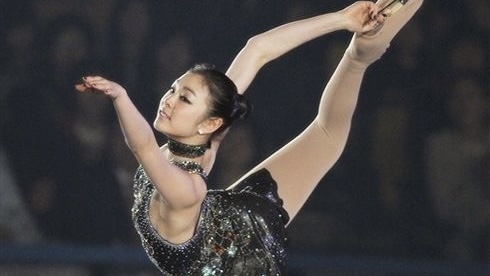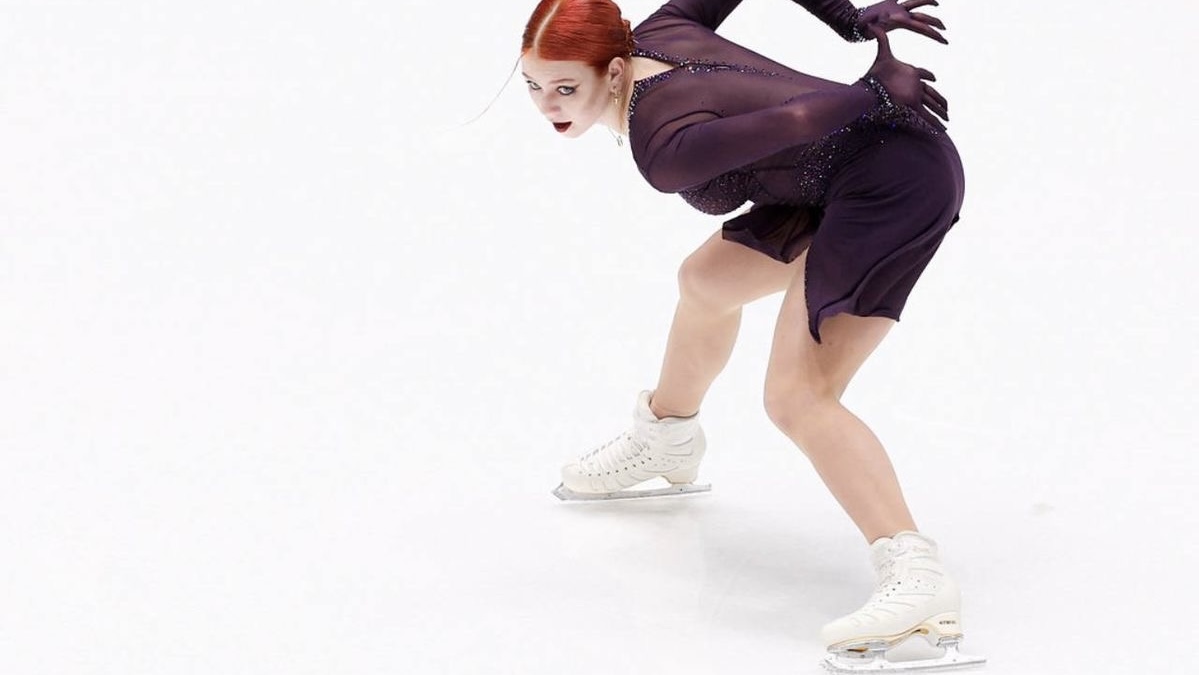January 15, 2025
Alexandra Trusova Expecting a Child
May 13, 2025

The Biellmann position, a breathtaking element in figure skating where a skater pulls one skate overhead while spinning, is a showcase of flexibility, strength, and artistry. Named after Swiss skater Denise Biellmann, who popularized it in the 1970s, this move demands exceptional technique and preparation. A 2019 Journal of Sports Sciences study notes that spins like the Biellmann require 20% greater core strength and flexibility than standard spins, making it a challenging yet rewarding skill. Drawing on insights from professional figure skaters, this article offers five practical tips to help figure skaters master the Biellmann position, enriched with real-world advice from skating stars to elevate your performance on the ice.
The Biellmann is a crowd-pleaser that boosts technical scores in competitions due to its difficulty, often earning higher Grade of Execution (GOE) points under the ISU Judging System, per a 2020 International Skating Union guide. It highlights a skater’s flexibility, balance, and control, but improper execution can lead to injury or point deductions. Mastering this position requires a blend of off-ice training, on-ice technique, and mental focus, as advised by top skaters who’ve perfected it.
Flexibility is the foundation of the Biellmann, requiring a deep backbend and hip mobility to lift the leg overhead. A 2018 Journal of Dance Medicine & Science study found that daily stretching improves hip and spine flexibility by 15% in six weeks, reducing strain during spins.
Sasha Cohen’s Tip: Olympic silver medalist Sasha Cohen, renowned for her iconic Biellmann, emphasized stretching in a 2017 interview. “I focused on backbends and hip openers daily,” she said, recommending stretches that target hip flexors and the lower back, held for 60 seconds each with gradual intensity. “Consistency builds flexibility over time,” Cohen noted, crediting her routine for her fluid Biellmann at the 2006 Olympics.
The Biellmann demands a strong core and glutes to maintain balance and control while spinning with one leg extended overhead. A 2020 Journal of Strength and Conditioning Research study showed that core-focused exercises improve spin stability by 12% in skaters.
Yuna Kim’s Tip: 2010 Olympic champion Yuna Kim, whose Biellmann was a highlight of her programs, stressed core strength in a 2014 magazine feature. “I relied on planks and glute exercises,” she said, suggesting three sets of 60-second planks and 15 glute-focused movements daily. Kim advised engaging the core during the spin to prevent wobbling, a technique that perfected her Biellmann in her gold-medal-winning Gershwin free skate. “Your core is your anchor,” she added.
Proper Biellmann technique involves entering the spin smoothly, grabbing the skate blade with both hands, and pulling it overhead while maintaining speed. A 2021 ISU Technical Handbook emphasizes a centered spin axis to avoid deductions.
Carolina Kostner’s Tip: European champion Carolina Kostner, known for her elegant Biellmann, shared her approach in a 2019 interview. “Start with a catch-foot spin at hip level, then work up to overhead,” she advised. Kostner suggests entering from a back outside edge, focusing on a tight spin circle before grabbing the blade. “Build muscle memory slowly,” she said, a method that ensured her consistent Biellmann in her 2012 World Championship program. She also recommends checking alignment regularly.
Off-ice training replicates the Biellmann’s demands, building confidence and muscle memory. A 2019 Journal of Sports Sciences study found that off-ice flexibility drills improve on-ice spin execution by 10%, allowing skaters to refine mechanics without ice time constraints.
Evgenia Medvedeva’s Tip: Two-time world champion Evgenia Medvedeva, whose Biellmann added flair to her routines, advocated off-ice practice in a 2020 interview. “Practice pulling your leg up while standing on a stable surface,” she said, suggesting 10 reps per leg to mimic the spin’s pull. Medvedeva used this drill to perfect her Biellmann for her 2016 World Championship free skate, advising skaters to keep shoulders square to avoid twisting. “It helps you feel the position safely,” she noted.
The Biellmann’s extreme flexibility can strain the back and hips, risking injury if overdone. A 2018 Journal of Dance Medicine & Science study reported that 25% of skaters experience lower back pain from spins, underscoring the need for recovery.
Alina Zagitova’s Tip: 2018 Olympic champion Alina Zagitova, known for her dynamic Biellmann, emphasized recovery in a 2021 interview. “Rest days and gentle rolling saved my back,” she said, recommending 10 minutes of rolling for the lower back and hips post-training, plus one rest day weekly. Zagitova also used cold therapy after intense sessions to reduce inflammation, keeping her injury-free during her gold-medal season. “Listen to your body—it tells you when to pause,” she advised.
Mastering the Biellmann position is a rewarding challenge for figure skaters, combining flexibility, strength, and artistry to captivate audiences and judges. By following these five tips—building flexibility, strengthening core and glutes, perfecting technique, using off-ice drills, and prioritizing recovery—skaters can achieve a confident and safe Biellmann. The insights of Sasha Cohen, Yuna Kim, Carolina Kostner, Evgenia Medvedeva, and Alina Zagitova provide a proven path, rooted in their own successes. Focus on gradual progress, and let your Biellmann become a dazzling highlight on the ice.
By Vitalina Andrushchenko, Staff Writer

January 15, 2025
Alexandra Trusova Expecting a Child

December 26, 2024
2025 World Junior Championship Schedule

April 05, 2025
Alexandra Trusova and Makar Ignatov Reveal the Gender of Their Future Child